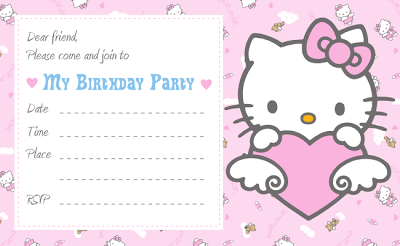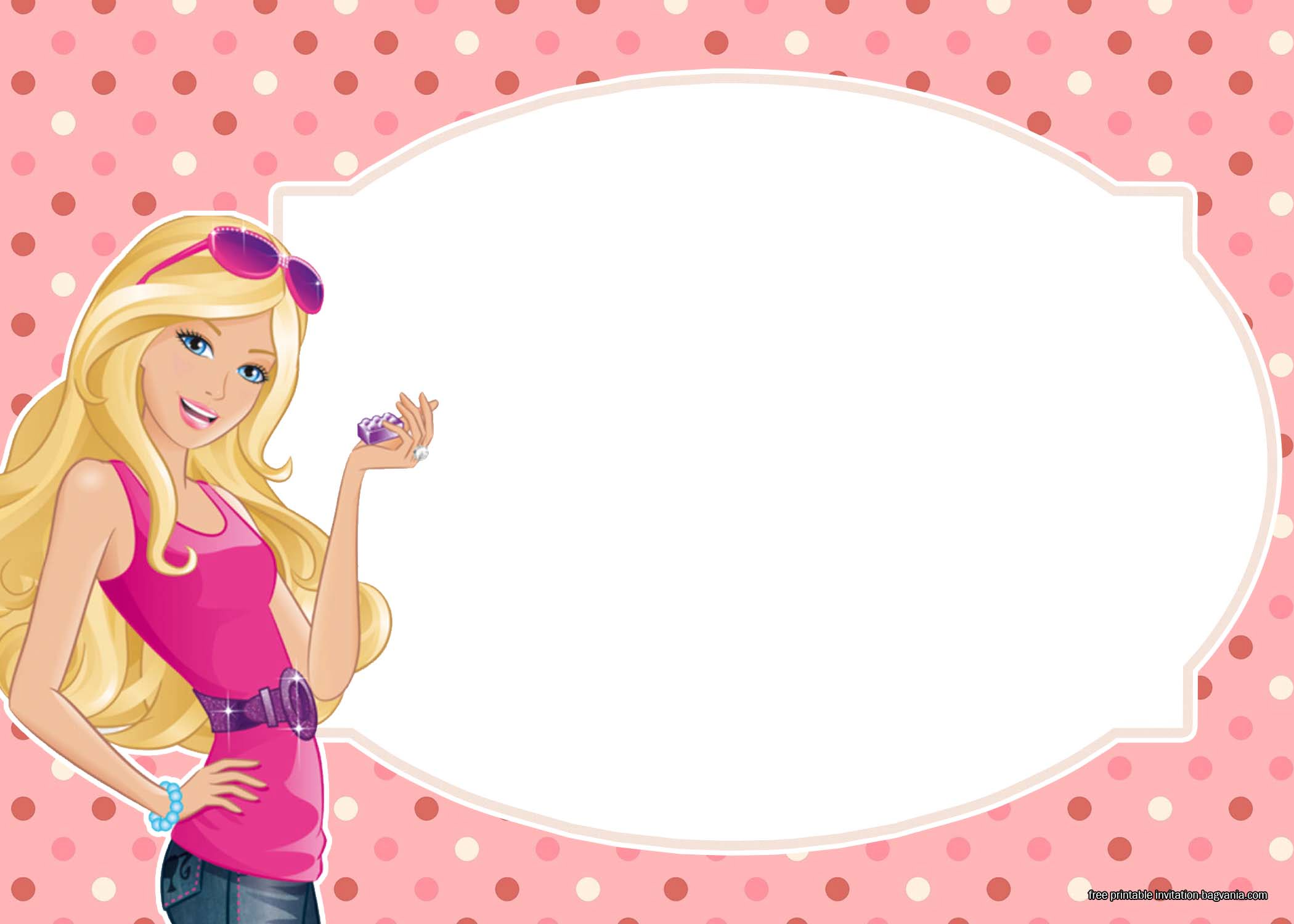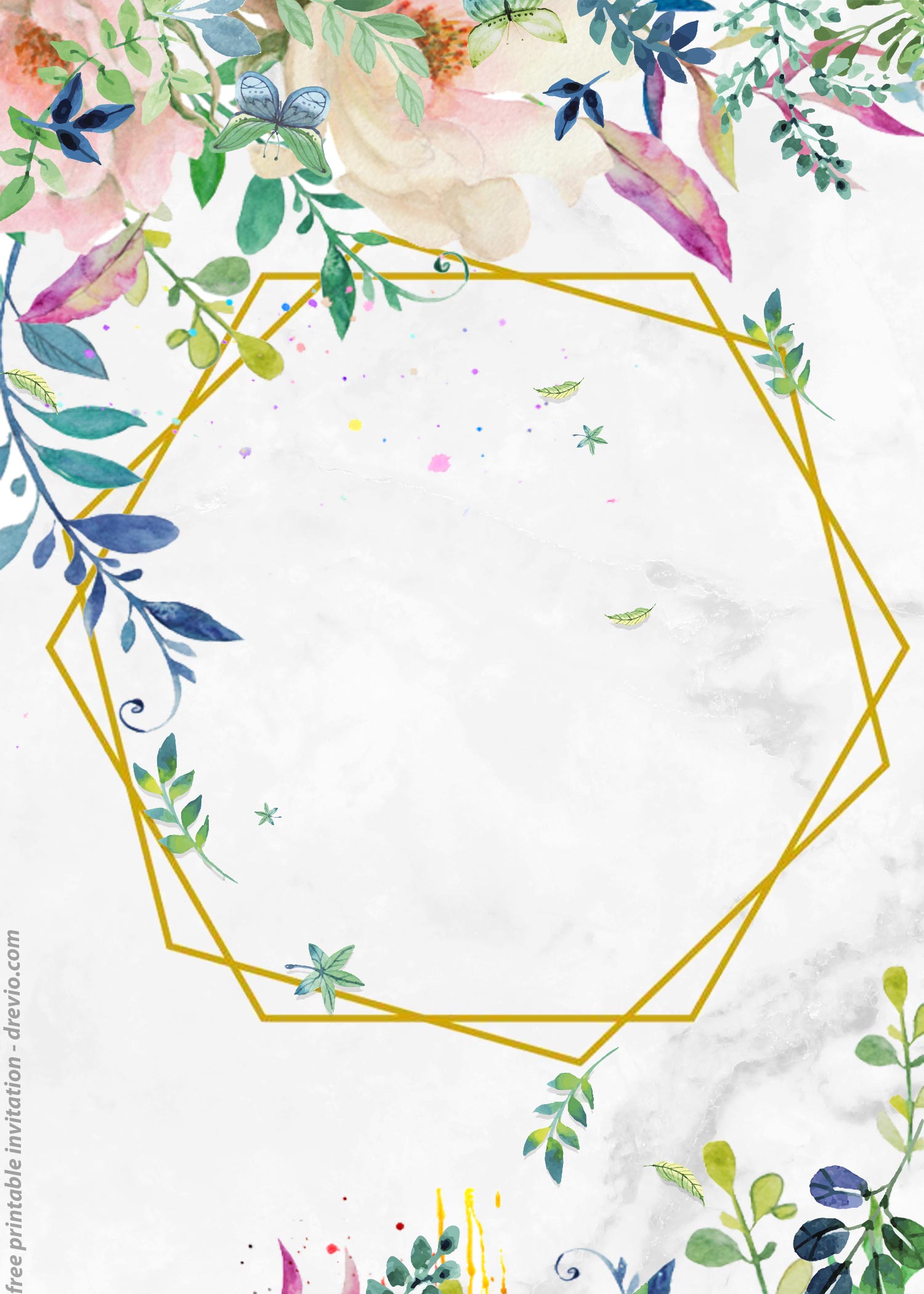Colors may be one of the first things your little ones will learn, as colors are interesting, vivid are all around them. Color-learning activities can be the best way to learn about colors. Beyond the colors, these learning methods can help them develop language skills, cognitive abilities, and early math concepts. So in this article we will cover engaging activities that involve worksheets and other tools to create a fun and interactive learning experience for your little ones, allowing children to explore colors in meaningful ways. Whether they are sorting objects by color, completing coloring pages, or experimenting with colorful sensory bins, these activities provide a strong foundation for recognizing and naming colors.
These color-learning activities are not designed only for simple color recognition, these activities offer a range of developmental benefits. Hands-on exploration strengthens fine motor skills, while interactive games encourage problem-solving and critical thinking. Additionally, color-based activities support creativity and self-expression, helping children build confidence as they learn. These amazing color-learning activities can also be incorporated into playdates, parties and other group settings, with both structured worksheets and playful experiences, parents and educators can create a well-rounded approach to teaching colors in a way that feels exciting and engaging for young learners.
Benefits of Hands-On Activities for Young Children
Hands-on color-learning activities offer numerous benefits for young children, helping them develop essential skills in a natural and engaging way. Here are some key advantages:
- Enhances Sensory Development: Hands-on color-learning activities allow children to engage multiple senses, such as touch, sight, and even smell, which strengthens their understanding of colors. Activities like finger painting, playing with colored sensory bins, or sorting objects by color provide rich sensory experiences that make learning more memorable.
- Strengthens Fine Motor Skills: Manipulating objects, using crayons, or engaging in crafts helps children develop fine motor skills and hand-eye coordination. These skills are essential for later tasks such as writing, buttoning clothes, and using scissors with control.
- Encourages Active Engagement: When children physically interact with materials, they stay more engaged and motivated to learn. Moving, touching, and experimenting with colors make the learning experience exciting, which improves focus and retention compared to passive learning methods.
- Supports Language Development: Hands-on color-learning activities provide opportunities for children to hear and use color words in context. Describing what they see, comparing shades, and naming objects by color help expand their vocabulary and improve communication skills.
- Develops Critical Thinking and Problem-Solving Skills: Sorting and categorizing colors require children to think critically and make decisions. Activities such as color matching games or pattern-building challenges encourage problem-solving and logical thinking in a playful, stress-free way.
- Boosts Creativity and Self-Expression: When children explore colors through painting, crafts, and imaginative play, they develop creativity and self-expression. These activities allow them to experiment with different combinations and express their emotions through color choices.
- Promotes Social Skills and Cooperation: Group activities involving colors, such as collaborative art projects or color-based scavenger hunts, teach children teamwork and cooperation. They learn to share materials, take turns, and communicate effectively with peers.
Hands-On Color-Learning Activities
For hands-on learning on colors, you can definitely use these easy-to-get tools to help your children have a fun experience. From crayons, clay, activity worksheets and even everyday objects, here are some tools and ideas on how to make full use of them for your children’s color-learning activities:
Crayons and Paint
Crayons and paint provide children with vibrant, hands-on opportunities to explore colors while fostering creativity and self-expression. Coloring with crayons helps develop fine motor skills and hand-eye coordination as children grip and control the crayons to fill in shapes or draw freely. It also allows them to practice recognizing and naming colors while experimenting with different shades.
Painting, on the other hand, adds a sensory element to color learning, encouraging children to mix colors and discover how new hues are created. Whether using brushes, sponges, or even finger painting, these activities make learning colors an exciting and interactive experience that supports artistic expression and early cognitive development.
Toys and Everyday Objects
Using different colored objects, such as toys and everyday items, is a simple yet effective way to help young children learn colors through real-world connections. Some fun color-learning activities that you can do with toys and everyday objects include sorting and categorizing objects by color. These activities strengthen their ability to recognize and distinguish between shades while also improving problem-solving skills. Everyday items like blocks, balls, cups, and clothing provide natural learning opportunities as children identify colors in their environment. You can try some fun color-learning activities with this template from EZPZ Learn. This hands-on approach not only reinforces color recognition but also helps children apply their knowledge in daily life, making colors more meaningful and memorable.

Play-Doh or Clay
Playing with play-doh or clay is a fantastic hands-on way for young children to learn about colors while developing important skills. As they mold, mix, and shape different colors, children naturally reinforce color recognition and learn how colors blend to create new shades. This type of sensory play also strengthens fine motor skills by encouraging pinching, rolling, and sculpting motions, which help with handwriting and other precision tasks and at the same time sparks creativity and imaginative play. Whether they’re following guided color-learning activities or simply exploring on their own, this fun and tactile experience makes learning colors both engaging and meaningful.
Activity Worksheets
Activity worksheets are a great tool for helping young children learn colors in a structured and engaging way. These color-learning activities worksheets from Worksheets Pack include coloring and matching exercises, which reinforce color recognition and classification. By completing these activities, children develop their ability to focus, follow instructions, and practice fine motor skills as they color, trace, or cut. Worksheets also provide a visual and hands-on approach to learning, helping children connect colors to objects in their everyday lives. Whether used at home or in the classroom, activity worksheets offer a fun and effective way to reinforce color concepts while building early learning skills.


And if your little ones are starting to feel more confident with their colors, introduce color mixing and secondary colors to them with these color-learning activities worksheets from 15 Worksheets. Provide them with coloring tools that they love, be it color pencils, crayons or paint. Let them be messy and creative while exploring different shades of colors!


Incorporating Hands-On Activities into Parties and Playdates
Yes! Incorporating color-learning activities into parties or playdates makes learning fun and social while keeping children engaged. You can set up interactive stations with activities like finger painting, Play-Doh sculpting, or a color-matching relay race to encourage hands-on exploration. A color-themed scavenger hunt, where kids search for objects of a specific color, adds an element of excitement while reinforcing color recognition. Additionally, providing crayons and coloring sheets as a group activity allows children to express their creativity while socializing. By turning these learning experiences into playful group activities, children not only strengthen their understanding of colors but also develop teamwork and communication skills in a lively, enjoyable setting.
Developing Social Skills
Color-learning activities, especially when done in group settings like playdates or parties, provide valuable opportunities for children to develop social skills.
- Encourages Communication: When children participate in activities that involve naming, sorting, or discussing colors, they practice using descriptive language and expand their vocabulary. Talking about their favorite colors, asking for specific crayons, or explaining their artwork helps improve their ability to express themselves clearly.
- Promotes Cooperation and Teamwork: Group activities, such as color-matching games or collaborative art projects, teach children how to work together toward a common goal. They learn to share materials, take turns, and support each other, which strengthens their ability to cooperate in social settings.
- Develops Turn-Taking and Patience: Many hands-on color activities require children to wait for their turn, whether they’re playing a color-sorting game or sharing paint supplies. This helps them understand patience and fairness, essential skills for positive interactions with peers.
- Builds Confidence and Social Engagement: Expressing creativity through coloring, painting, or play dough play allows children to take pride in their work and share it with others. Compliments and encouragement from friends and caregivers boost their confidence, making them more eager to participate in group activities.
- Encourages Empathy and Understanding: When children engage in creative activities together, they learn to appreciate different perspectives and preferences. Noticing a friend’s color choices or working together on a shared project fosters empathy and helps children respect others’ ideas and creativity.
Having Fun with Games
With some creative tweaks, you can create some really fun games to get all the children involved. Here are a few game ideas to make color-learning activities even more fun for everyone:
- Color Scavenger Hunt
- How to Play: Give each child a color card or call out a color, then have them find an object in the room or outdoor space that matches. You can also provide small baskets for them to collect items of a specific color.
Skills Developed: Color recognition, problem-solving, and movement coordination. - Color Sorting Relay
- How to Play: Place different colored objects (like balls, blocks, or pom-poms) in a pile at one end of the room. Set up matching color bins on the other side. Children take turns running to grab an object and place it in the correct bin. Make it a friendly race or a team challenge!
Skills Developed: Color matching, teamwork, turn-taking, and gross motor skills. - Magic Color Mixing Bags
- How to Play: Fill Ziplock bags with blobs of two primary colors of paint (e.g., red and yellow). Let children squish and mix the colors together to reveal a new secondary color. You can ask them to predict the result before mixing.
Skills Developed: Color blending, sensory exploration, and critical thinking.
Inviting Others
And if you are hosting a “Color-Learning Party” you will want to send invitations that will get your guests excited to come. Check out our collection of colorful invitation templates that are just perfect for some color-learning activities, whether you are sending it as a personal invitation or as a social media post. To start viewing some of the designs, head to FREE Rainbow Birthday Party Planner & Ideas.

Final Thoughts
Teaching young children about colors through hands-on color-learning activities and worksheets makes learning both fun and meaningful. By engaging their senses, encouraging creativity, and incorporating movement, these activities help children develop essential skills beyond just color recognition. Whether they are sorting objects, painting, or playing interactive games, they are also strengthening fine motor skills, problem-solving abilities, and social interactions.
Incorporating color-learning activities into everyday play, parties, or group settings enhances the experience even more, making it an enjoyable and collaborative process. When children explore colors in an engaging way, they build confidence, communication skills, and a deeper understanding of the world around them. With so many fun and educational ways to introduce colors, parents and educators can create a strong foundation for early learning while fostering a love for discovery.
































